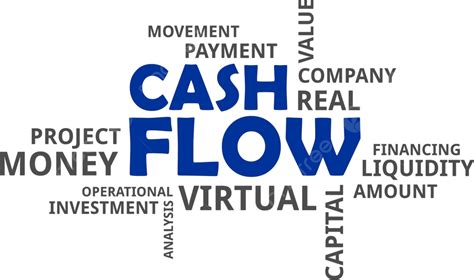Technical valuation: analysis of price graphics to obtain information on the cryptocurrency market
The world of cryptocurrencies has become increasingly popular in recent years, with new coins and tokens that emerge every day. While many investors are attracted to high yield potential, a more nuanced approach is often necessary to make informed decisions about cryptocurrency investment. The technical assessment, specifically analyzing price graphics, can provide valuable information about market trends and patterns.
Understand price graphics
A price table is a graphical representation of the security history of a security with time. It provides a visual representation of the ascending or descending trend of security, as well as the levels at which it has reached during its historical performance. Technical analysts use several technical indicators to analyze these graphs and make predictions on future market movements.
Key indicators
Several key technical indicators are commonly used to analyze price graphics:
- Mobile averages : These indicators draw the price of security for a specific period of time, soften the data and identify the trends.
- Relative Force Index (RSI) : This indicator measures the strength of recent security movements by calculating the difference between its current price and its 50 -day mobile average.
- Bollinger bands : These indicators draw two standard deviations above and below the mobile average of 21 days of security, providing information on volatility and trend investments.
- Stochastic oscillator : This indicator calculates the percentage of time that an oscillator is above or below a certain level, which helps identify overcompra and overall conditions.
Price Graphics Analysis
When analyzing price graphics for technical valuation information, it is essential to consider short and long term trends. Here are some key conclusions:
* TRENDS : Identify the general security trend by observing its short-term mobile averages (7-50 days) and in the long term (200 days).
* Support and resistance : Look for areas where the price has been constantly recovered, indicating strong levels of support, as well as areas where the price has historically decreased, indicating resistance levels.
* Candle patterns

: Study candle patterns to identify possible purchase or sale signals, such as:
+ Alcista Engulfo: A green wrapping pattern indicates a potential bullish trend.
+ GUBLO PEOPLE: A red wrapping pattern suggests a possible bearish trend.
+ Hammer: A hammer shape indicates a potential purchase signal.
* Rank limits : Identify areas where the price has historically found support and resistance, since these can provide clues about future price movements.
Case study: Bitcoin
Let’s analyze the Bitcoin (BTC) price graphs to illustrate how the technical assessment can be applied:
In 2017, Bitcoin experienced a significant increase in the price after the half event that reduced his supply. This led to a rapid increase in demand, which carries prices above $ 20,000.
Here are some key indicators used during this period:
* Mobile averages : Mobile averages of 50 days and 200 days were above resistance levels at that time.
* Relative Force Index (RSI)
: RSI was overene, indicating that security had reached a low point.
* Bollinger bands : The bands were inflated with a price, indicating greater volatility.
The combination of these indicators suggested that the price would probably continue up. In 2019, Bitcoin experienced another significant increase in the price after the half event, which exceeded it above $ 40,000.
Conclusion
The technical assessment provides a valuable tool to analyze price graphs and identify potential trends, supports and resistance levels.
